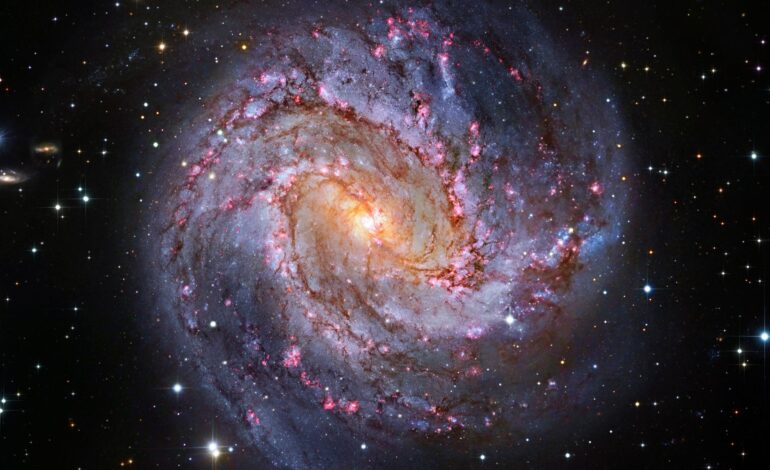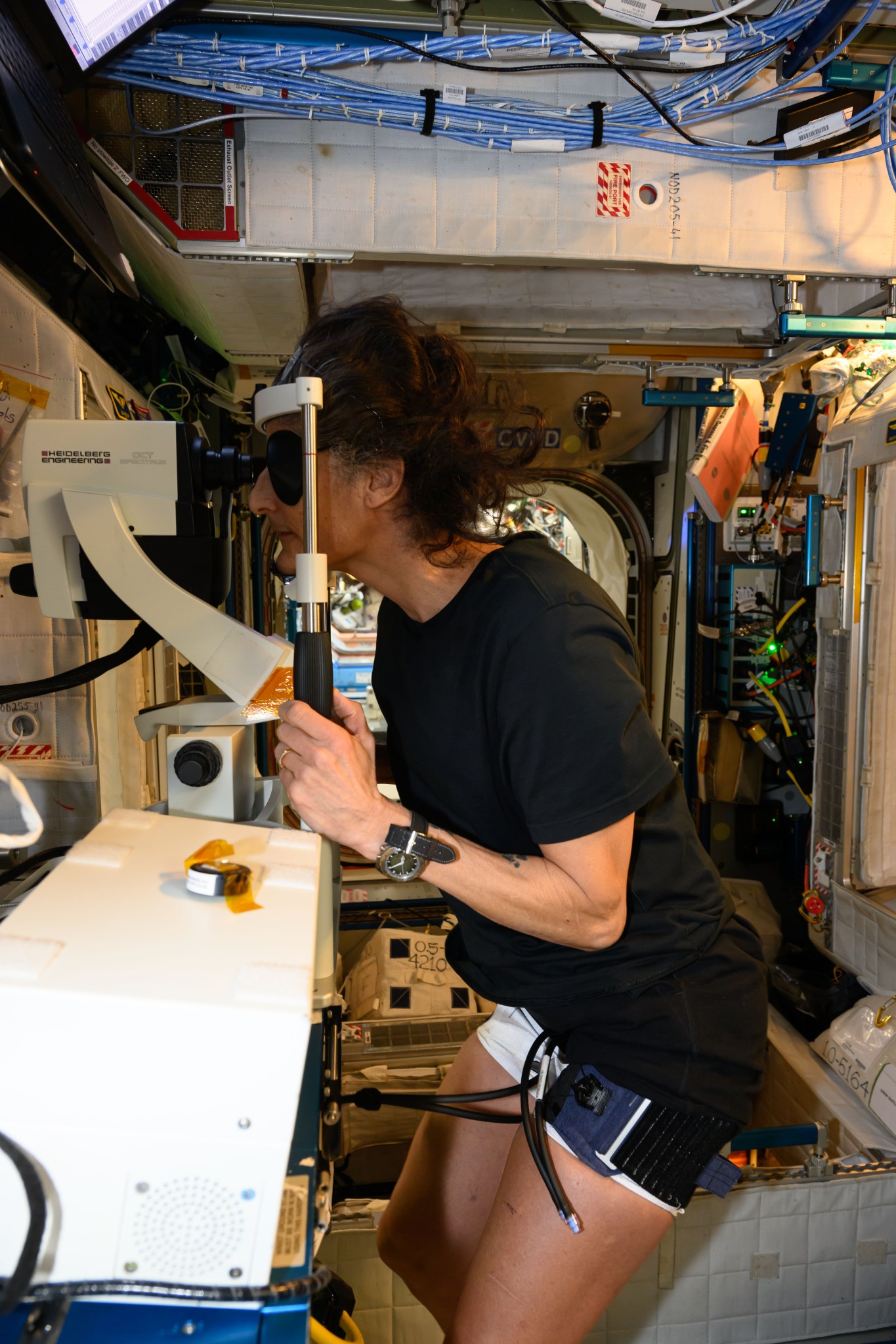China’s AI Revolutionizes Cosmic Mapping, Classifying 27 Million Objects

A team of researchers at the Yunnan Observatories in China has developed a groundbreaking artificial intelligence tool that can classify over 27 million cosmic objects in a fraction of the time previously required. This innovative AI model marks a significant advancement in astronomy, enabling scientists to rapidly identify stars, galaxies, and quasars, all while improving accuracy in the face of overwhelming data from modern sky surveys.
Traditionally, astronomers relied on a method known as spectroscopy to analyze celestial bodies. While effective, spectroscopy is often too slow to keep pace with the vast amounts of data generated by contemporary surveys. The new AI tool not only accelerates this process but also enhances our understanding of the universe by uncovering hidden patterns and rare celestial phenomena that may have been overlooked.
Dual-Input Approach Enhances Classification Accuracy
The researchers faced a notable challenge: many stars and quasars appear remarkably similar in images, often appearing as tiny, bright dots. Galaxies can also present similar features, depending on their distance from Earth. Relying solely on visual characteristics can lead to misclassification. To tackle this issue, the team created a neural network capable of processing two types of data simultaneously—morphological features (how an object looks) and spectral energy distribution (SED), which analyzes how brightness varies across different wavelengths.
By training their model on spectroscopically confirmed sources from the Sloan Digital Sky Survey’s 17th data release, the researchers established a reliable foundation for the AI’s learning. They subsequently tested the model using data from the Kilo-Degree Survey (KiDS), focusing on objects brighter than an r = 23 magnitude. The AI successfully classified over 27 million sources across approximately 1,350 square degrees of sky.
As the study authors stated, “This MNN successfully leverages both morphological and SED information to enable efficient and robust classification of stars, quasars, and galaxies in large photometric surveys.” To assess the model’s reliability, it was applied to other datasets, including data from the Gaia mission, which is primarily focused on stars with known distances or motions. Impressively, the model achieved a classification accuracy of 99.7 percent, correctly identifying stars.
Further testing with the GAMA survey yielded similar results, as the model accurately classified 99.7 percent of galaxies and quasars. Notably, the AI also identified past misclassifications, correcting objects previously labeled as stars that were, in fact, galaxies. This capability suggests that the AI tool could significantly enhance existing astronomical databases.
A New Era for Sky Surveys
The introduction of this AI tool is timely, as astronomers anticipate new sky surveys that will observe billions of celestial objects in the coming years. The need for fast and accurate classification systems is more critical than ever. While this AI model does not replace traditional spectroscopy, it offers a powerful enhancement for handling photometric data.
The tool could facilitate the discovery of rare star types, trace the structures of galaxies, and deepen our understanding of cosmic evolution. However, the researchers acknowledge limitations; the model’s accuracy is contingent upon the quality of the training data, and its performance may vary across different surveys with varying observational methods.
The research team aims to refine the model further, improving its capability to classify even fainter objects and adapting it for future surveys. In essence, they have provided the field of astronomy with an intelligent assistant that not only sees the universe more rapidly but also more clearly.
The findings of this study were published in The Astrophysical Journal, marking a significant contribution to the field of astronomy and the ongoing exploration of our universe.






